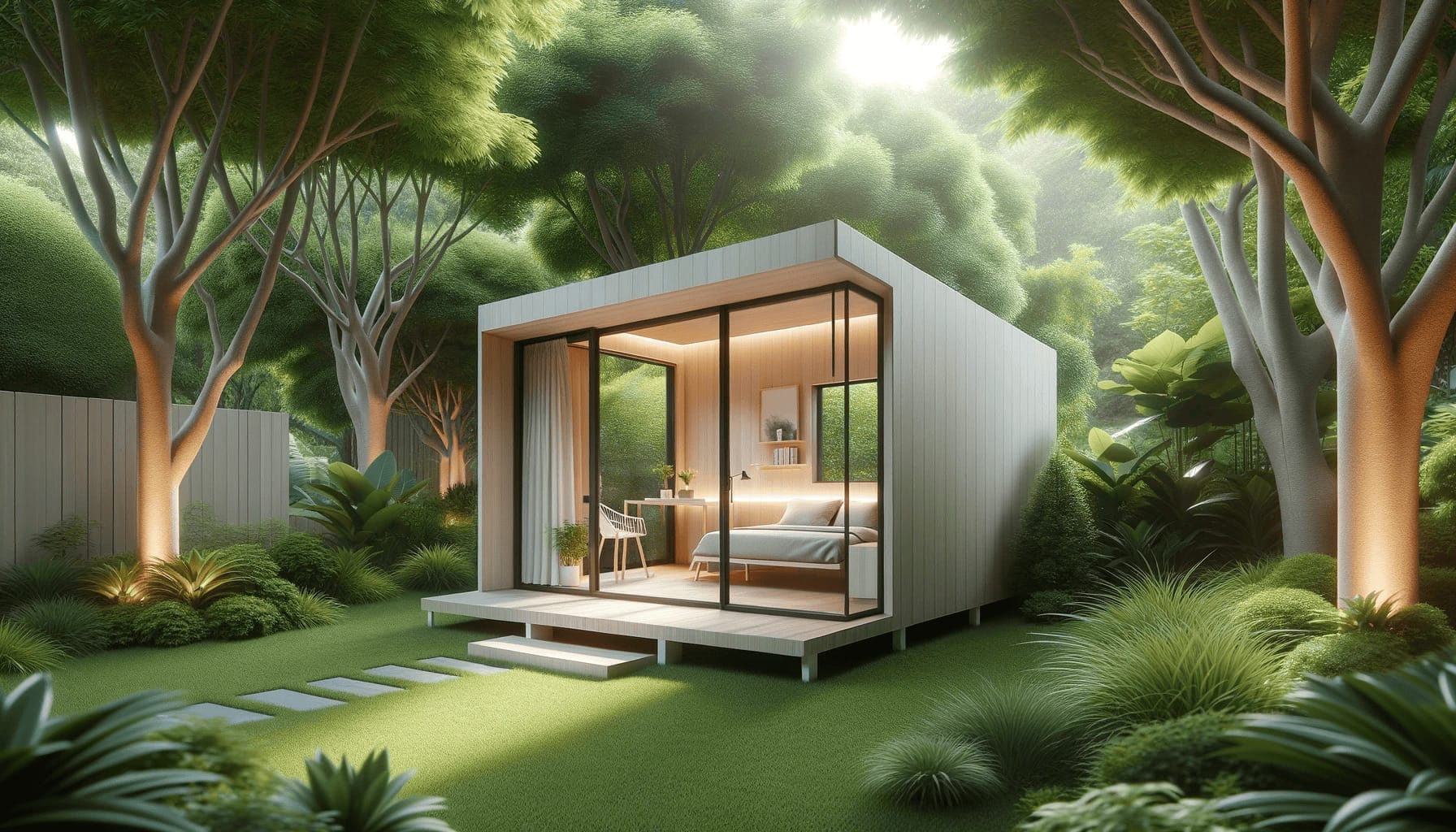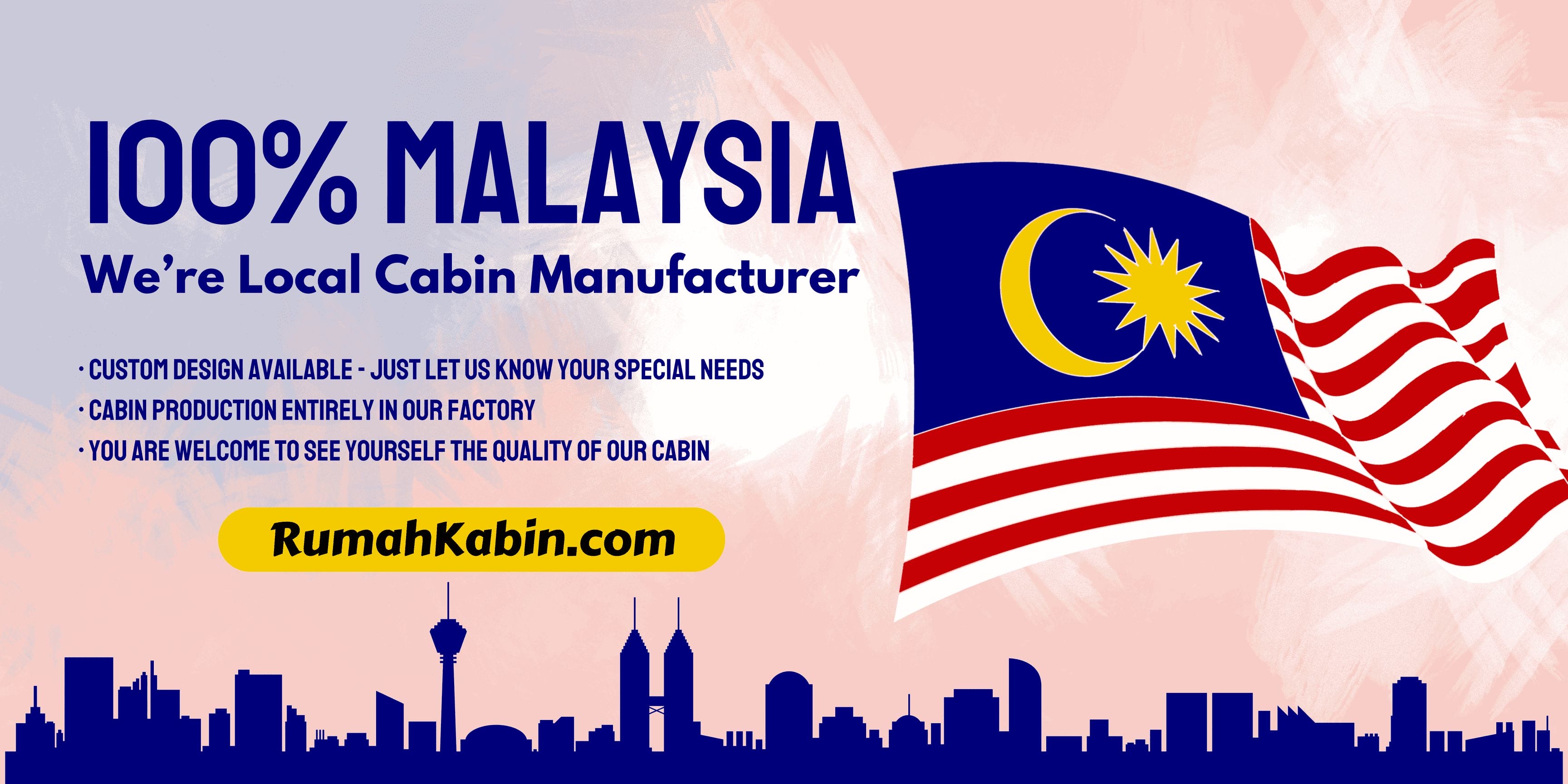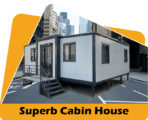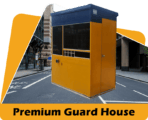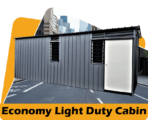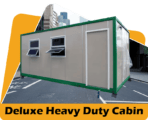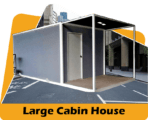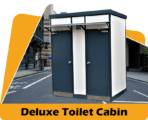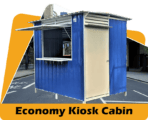Unlocking the Potential of Light-Duty Cabins: A Comprehensive Guide
1. Introduction
Welcome to the world of light-duty cabins, a realm where functionality meets affordability. Whether you’re a site manager in need of a temporary office or a homeowner looking for a quick backyard addition, light-duty cabins offer a versatile solution. In this comprehensive guide, we’ll delve deep into what light-duty cabins are, their advantages and limitations, and how they compare to their heavy-duty counterparts. So, let’s embark on this enlightening journey and unlock the potential of light-duty cabins.
What Are Light-Duty Cabins?
Light-duty cabins are stand-alone, self-contained structures that are predominantly used as temporary site offices or living quarters at construction sites. These cabins are manufactured and fitted out in factories before being transported to their intended locations. One of the most appealing aspects of light-duty cabins is their affordability, making them an excellent choice for short-term needs.
Materials and Construction
The primary material used in the construction of light-duty cabins is metal deck sheets, which range in thickness from 0.23mm to 0.36mm. These sheets are both cost-effective and relatively easy to work with, allowing for quick manufacturing. The cabins are designed to be portable, meaning they can be moved from one location to another, although there are some limitations to this, which we’ll discuss later.
Affordability: A Key Selling Point
When it comes to cost, light-duty cabins are the most affordable option among all types of portable cabins. Prices start from as low as RM5500 for a 20′ x 10′ cabin, making them accessible for a wide range of applications. Whether you’re setting up a temporary office at a construction site or need a quick solution for additional space, light-duty cabins offer a budget-friendly option.
Speed of Manufacturing
Another significant advantage of light-duty cabins is the speed at which they can be manufactured. Once an order is placed, these cabins can be ready for use in as little as three days. This rapid turnaround time is particularly beneficial for projects with tight deadlines or for situations where a quick setup is essential.
Lifespan and Limitations
While light-duty cabins offer several advantages, they are primarily designed to be a short-term solution. Their tentative lifespan is around two years, and they become less robust each time they are disassembled and reassembled. Therefore, if you’re considering a light-duty cabin, it’s crucial to weigh these factors against your specific needs and how long you intend to use the cabin.
For more information on the types of cabins we offer, including light-duty options, feel free to browse our product category for cabin houses.
2. Pros and Cons of Light-Duty Cabins
In any decision-making process, understanding the pros and cons is crucial. When it comes to light-duty cabins, this principle holds true. Let’s delve into the advantages and disadvantages of opting for a light-duty cabin, so you can make an informed choice tailored to your specific needs.
The Pros
Affordability
The most compelling advantage of light-duty cabins is their affordability. Starting at just RM5500 for a 20′ x 10′ unit, these cabins are a budget-friendly option for those looking for a quick and temporary solution. Whether you’re a small business owner, a construction site manager, or a homeowner, the cost-effectiveness of light-duty cabins is hard to ignore.
Quick Turnaround Time
Time is often of the essence, especially in fast-paced industries like construction. Light-duty cabins can be manufactured in as little as three days after an order is placed. This rapid production time makes them an ideal choice for urgent requirements.
Portability
Light-duty cabins are designed to be portable, allowing for relatively easy transportation from one location to another. This feature adds a layer of convenience, especially for projects that might require relocating the cabin.
The Cons
Short Lifespan
While light-duty cabins offer immediate solutions, they are not built for the long haul. With a tentative lifespan of two years, these cabins are best suited for short-term projects. It’s essential to consider this factor if you’re planning on using the cabin for an extended period.
Structural Limitations
Every time a light-duty cabin is disassembled and reassembled, its structural integrity diminishes. This means that while they are technically portable, they become less robust with each move. If you anticipate needing to relocate the cabin multiple times, this could be a significant drawback.
Not Compliant with Living Standards
It’s worth noting that light-duty cabins are not compliant with any living standards, such as the Malaysian (MS) or British (BS) Standards. Therefore, they are not recommended for use as permanent living quarters.
For a deeper dive into the types of cabins suitable for various needs, check out our FAQs and product categories.
3. Comparison with Heavy-Duty Cabins
When it comes to portable cabins, the choice often boils down to light-duty versus heavy-duty options. While both serve similar purposes, they differ in several key aspects, such as material, lifespan, and cost. In this section, we’ll dissect these differences to help you make an informed decision.
Material Differences
Light-Duty Cabins
Light-duty cabins are constructed using metal deck sheets, which are relatively thin, ranging from 0.23mm to 0.36mm. This material is cost-effective and allows for quick manufacturing but comes with limitations in terms of durability and lifespan.
Heavy-Duty Cabins
On the other hand, heavy-duty cabins are built using corrugated mild steel plates. These plates are shaped into a series of parallel ridges and grooves, adding rigidity and strength to the structure. This makes heavy-duty cabins more robust and durable, suitable for more demanding conditions.
Lifespan
The lifespan of a cabin is a crucial factor to consider, especially if you’re planning to use it for an extended period.
- Light-Duty Cabins: Approximately 2 years
- Heavy-Duty Cabins: Up to 5 years
Clearly, if longevity is a priority, heavy-duty cabins offer a more sustainable solution.
Cost Implications
While heavy-duty cabins are more robust and have a longer lifespan, they also come with a higher price tag. Prices for heavy-duty cabins start at RM8500, compared to RM5500 for light-duty cabins. Therefore, your budget may play a significant role in determining which option is best for you.
Production Time
- Light-Duty Cabins: 3 days
- Heavy-Duty Cabins: 7-10 days
If time is of the essence, light-duty cabins offer a quicker turnaround, although heavy-duty cabins are not far behind.
For a more detailed comparison, including customization options, you can visit our detailed guide on cabin types.
4. Customization Options
One of the most appealing aspects of portable cabins, both light-duty and heavy-duty, is their customizability. From size variations to capacity, these cabins can be tailored to meet specific requirements. Let’s explore the customization options available for light-duty cabins.
Size Variations
The size of a cabin can significantly impact its utility. Light-duty cabins are highly customizable in terms of dimensions. A standard size often considered is a 20′ x 10′ cabin, which can comfortably accommodate up to six people when used as temporary quarters. However, sizes can be adjusted based on your specific needs, whether you require a smaller or larger space.
Interior Layout
The internal layout of a light-duty cabin can also be customized. Whether you need an open-plan office, separate rooms, or a combination of both, the possibilities are virtually endless. This flexibility allows you to create a space that aligns perfectly with your operational needs.
Additional Features
Beyond size and layout, you can also add various features to enhance the cabin’s functionality. This could include:
- Electrical installations: Lighting, sockets, and switches
- Plumbing: Sinks, toilets, and water supply
- Insulation: Thermal and sound insulation for added comfort
- Windows and Doors: Choice of materials and styles
Customization and Cost
While customization offers numerous benefits, it’s essential to consider the cost implications. The more features and adjustments you add, the higher the overall price will be. Therefore, it’s crucial to balance your customization desires with your budget constraints.
For more insights into customization options, feel free to explore our product categories and inspiration gallery.
5. Safety Considerations
When it comes to portable cabins, safety should never be an afterthought. While light-duty cabins offer several advantages, such as affordability and quick manufacturing, they come with their own set of safety considerations. In this section, we’ll delve into the safety aspects you should be aware of when opting for a light-duty cabin.
Compliance with Standards
One of the first things to note is that light-duty cabins are not compliant with any living standards, such as the Malaysian (MS) or British (BS) Standards. This means they are not designed to be used as permanent living quarters. If you’re planning to use the cabin for this purpose, it’s crucial to consider other options that meet safety requirements.
Structural Integrity
As mentioned earlier, the structural integrity of light-duty cabins diminishes each time they are disassembled and reassembled. This factor can impact the cabin’s overall safety, especially if you plan to move it multiple times. Therefore, it’s advisable to keep the cabin stationary once it’s set up, or opt for a heavy-duty cabin if frequent relocations are anticipated.
Material Safety
Light-duty cabins are constructed using metal deck sheets, which are relatively thin. While these materials are cost-effective, they may not offer the same level of protection against external elements as thicker, more robust materials. This is particularly important if the cabin will be exposed to harsh weather conditions or if you’re operating heavy machinery nearby.
Fire Safety
Given that light-duty cabins are often used as temporary site offices, it’s essential to consider fire safety. Make sure to install smoke detectors and fire extinguishers as a precautionary measure. Additionally, ensure that the cabin’s electrical installations are done by a certified professional to minimize fire risks.
Ventilation and Air Quality
Proper ventilation is crucial for any enclosed space, including light-duty cabins. Make sure the cabin has adequate windows or other ventilation options to ensure good air quality, especially if you’ll be spending extended periods inside.
For more information on safety considerations and compliant cabin options, you can visit our FAQs section and product categories.
6. Conclusion
As we wrap up this comprehensive guide on light-duty cabins, it’s clear that these structures offer a versatile and cost-effective solution for various temporary needs. Whether you’re in the construction industry, running a small business, or simply in need of extra space, light-duty cabins present a compelling option.
Key Takeaways
- Affordability: Light-duty cabins are the most budget-friendly among portable cabins, making them accessible for a wide range of applications.
- Quick Manufacturing: With the ability to be ready in as little as three days, these cabins are ideal for urgent requirements.
- Customization: From size to interior layout, light-duty cabins offer a high degree of customization to meet specific needs.
- Safety Considerations: While they offer several advantages, it’s crucial to be aware of the safety limitations of light-duty cabins, especially if you plan to use them as living quarters.
- Comparison with Heavy-Duty Cabins: If you’re looking for a more robust and long-lasting solution, heavy-duty cabins might be a better fit, albeit at a higher cost.
By understanding the pros, cons, and various considerations surrounding light-duty cabins, you can make an informed decision that aligns with both your needs and budget.
For more information on the types of cabins we offer, including light-duty and heavy-duty options, feel free to browse our product categories and FAQs section.
Contact Us
If you have any questions or would like to explore your cabin options further, don’t hesitate to contact us. Our team of experts is here to assist you in finding the perfect cabin solution for your needs.

